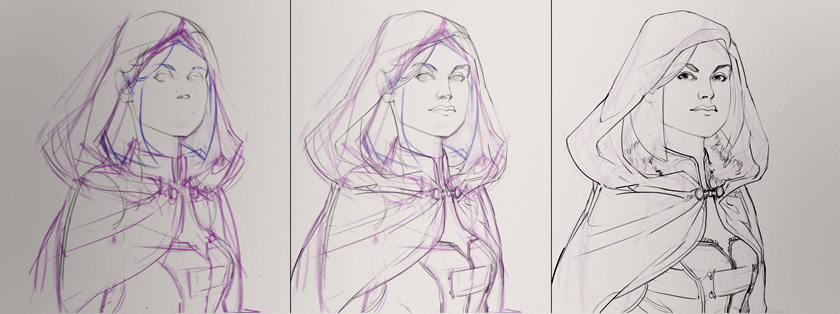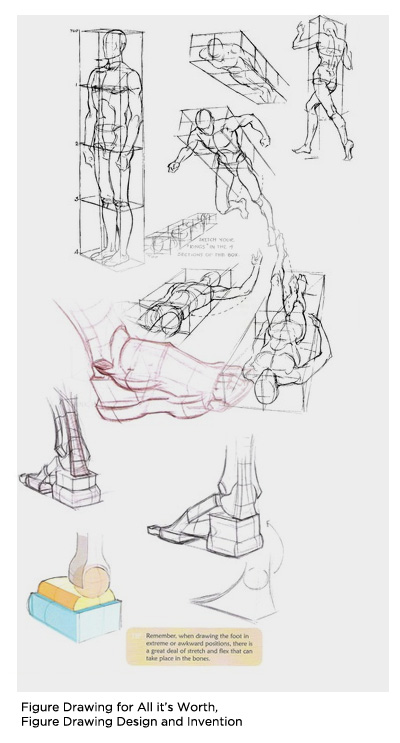For some, a standard keyboard is plenty... But have you considered going further? This video showcases my personal hardware setup and how I use it for painting. Before you go out and spend lots of money on USB devices I want to be very clear: none of this is essential. However, as I state in the video, if you often spend long stretches on the computer you might want to give this a thought.
Additionally, your hardware solution will be different than mine. The best part about going down this road is that each artist has different needs and workflows, so each setup will take a different form.
1) Cintiq 21UX by Wacom (currently replaced with newer models)
This is the ultimate painting tool. I was using standard USB tablets for 10 years before I got one of these, but I might have trouble going back at this point. Very expensive, but wonderful for painting.
2) SpaceExplorer USB by 3Dconnexion
If you do much 3D modeling, you might like one of these. I use this exclusively for Sketchup, and it allows me to use my right hand for sculpting, while my left hand stays on the SpaceExplorer controlling the camera and issuing hotkeys. Though it's not cheap, it has dramatically changed the process of 3D modeling for me. If you want to see this in action, watch this video -- it's a great demonstration, and essentially sold me on the device.
3) Shuttle Pro 2 by Contour (available on Amazon)
This is the heart of my painting interface. I like the prominent knob for changing my brush size, and the overall ergonomic layout. If you were to get one piece of custom hardware, this might be a good pick.
4) Multi-function Gaming Panel (MFP) by CH products (see pictures here) (available at @ Buy.com)
This is a platform with buttons that you position and then bind to keyboard shortcuts or macros. Very cool, but also very expensive. If you want total ergonomic control, this is as flexible as it gets. Want to see it in action? This video from E3 2009 should help explain it.
5) X-Keys 24 Programmable Keypad by PI Engineering
These are my lowest priority buttons such as media controls, opening specific folders with a single press, etc. A variety of things that I couldn't easily hard-bind my standard keyboard to do. Besides.. you can always use a few more buttons, right?





